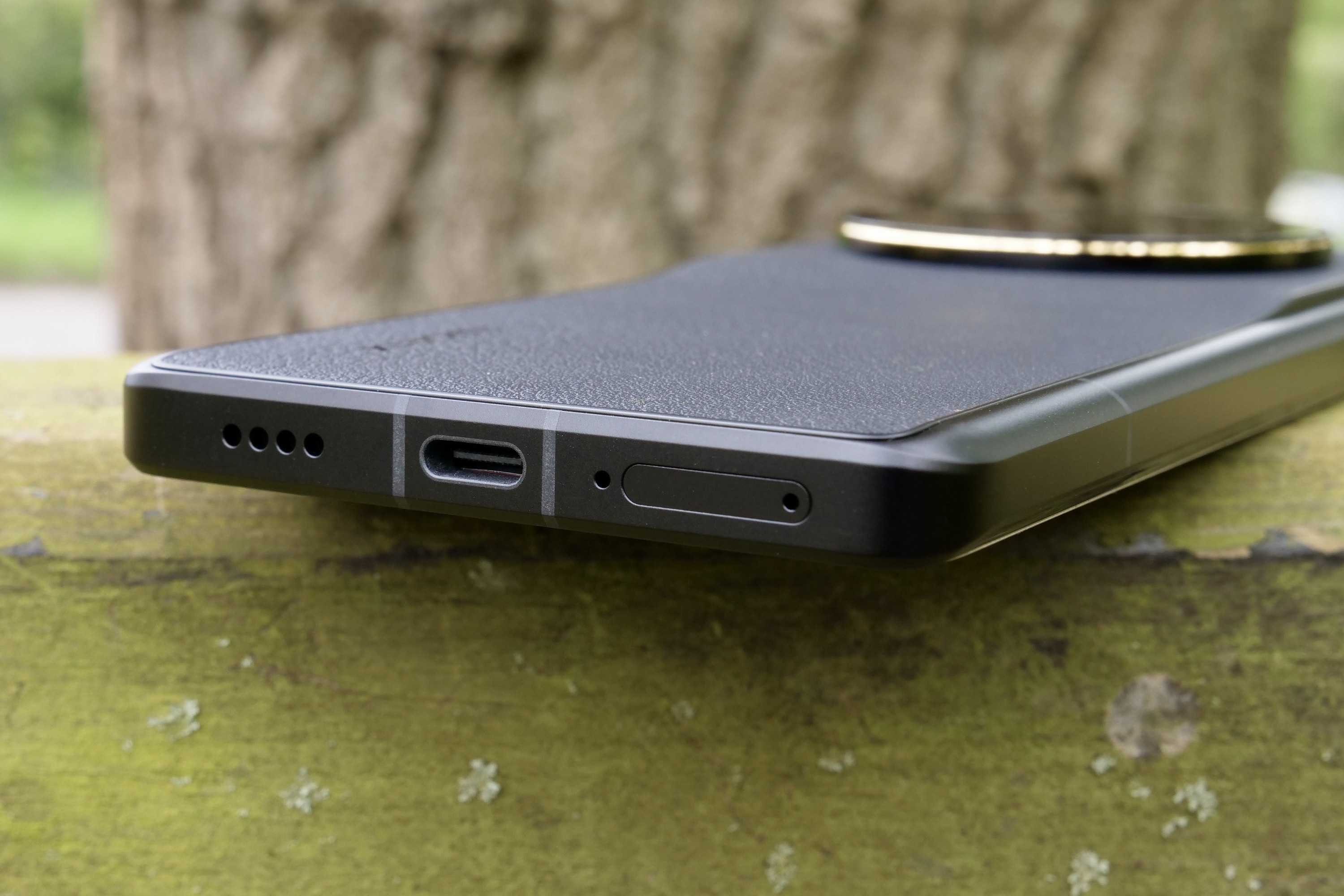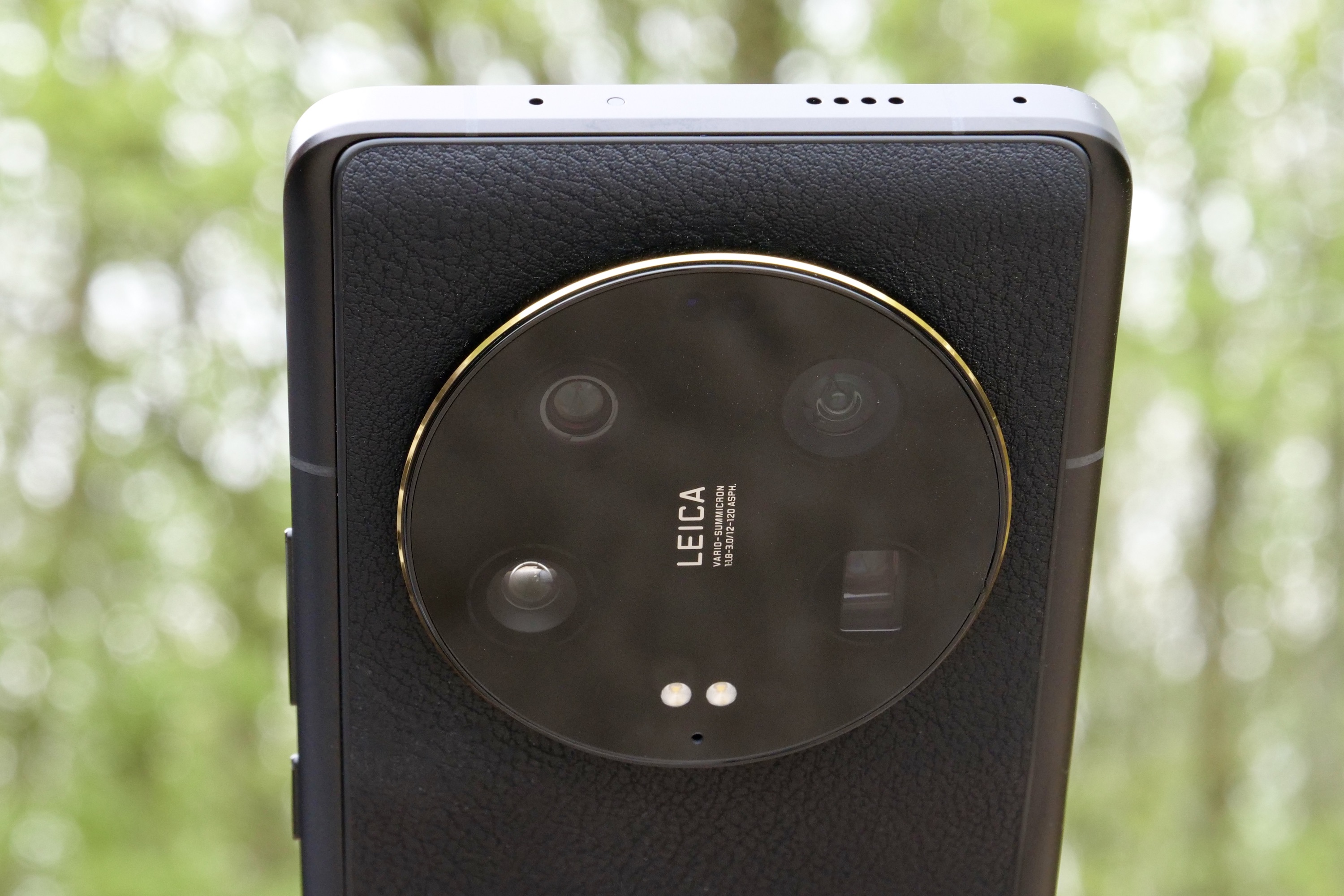Xiaomi is making the most of its partnership with Leica, and the new Xiaomi 13 Ultra represents the most technically impressive release from the pair yet.
It’s absolutely all about the camera, with Xiaomi and Leica filling it with technology and focusing key design elements around Leica’s M camera series. It’s more camera than phone — in a way that we haven’t seen in a while.
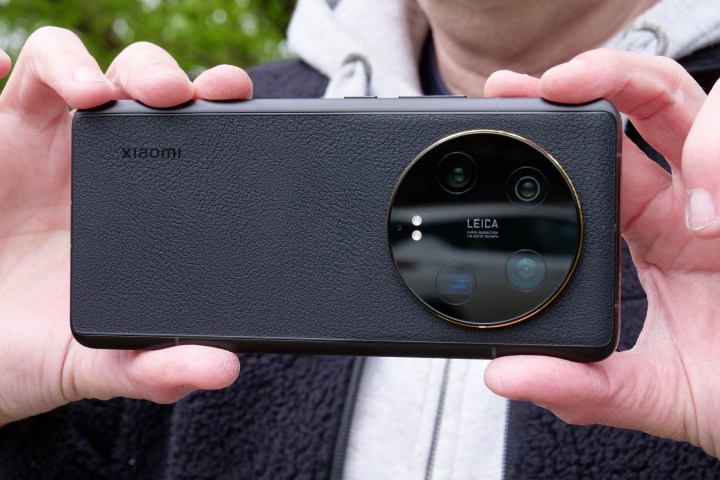
It has also got all the power of the Samsung Galaxy S23 Ultra and promises to rival it in terms of the camera’s ability too, but it doesn’t try to be all things to all people. You won’t find a stylus hidden inside, for example. It’s made for taking photos, and if you don’t have any interest in that, it’s best to look elsewhere. Similarly, if you want a sleek, slim, and lightweight phone, the Xiaomi 13 Ultra definitely isn’t for you.
If it’s all about the camera, what’s it like? I’ve only spent a few hours with the Xiaomi 13 Ultra and taken just a few dozen photos so far, but that’s enough to get a good initial impression of this monster phone. Let’s talk about it in more detail, look closely at the specifications, and see some photo examples of what it can do.
The Xiaomi 13 Ultra’s giant camera

The star of the Xiaomi 13 Ultra’s camera show is a 1-inch, 50-megapixel Sony IMX989 sensor with a variable aperture, optical image stabilization (OIS), and Leica’s Vario-Summicron lens. Alongside it is a 50MP 75mm telephoto camera with OIS and a 50MP 120mm super-telephoto camera with OIS. Finally, there’s a 50MP wide-angle camera with a macro mode. Leica worked on the telephoto cameras with Xiaomi and also provides photographic styles, filters, and bokeh modes.
Many of the Leica features are also found on the Xiaomi 13 Pro, where the camera really impressed when we reviewed it. There are also Leica’s black-and-white filters with two options, Natural and High Contrast, both of which are superb on the 13 Pro. Xiaomi says the 13 Ultra is ideal for street photography and includes a “Fast Shot” mode where the camera is ready to take a photo in just 0.8 seconds.

The 75mm telephoto and wide-angle cameras have f/1.8 apertures, allowing plenty of light into the sensors, while the 120mm telephoto has an f/3.0 aperture. Inside the camera app, there are 2x, a 3.2x, and 5x telephoto modes.
On the front of the phone is a 32MP selfie camera with a selection of different features, including a Night mode and HDR, while the video camera can shoot up to 8K resolution at 24 frames per second (fps). There’s also a 4K/60 fps Dolby Vision video mode.
Taking photos with the Xiaomi 13 Ultra
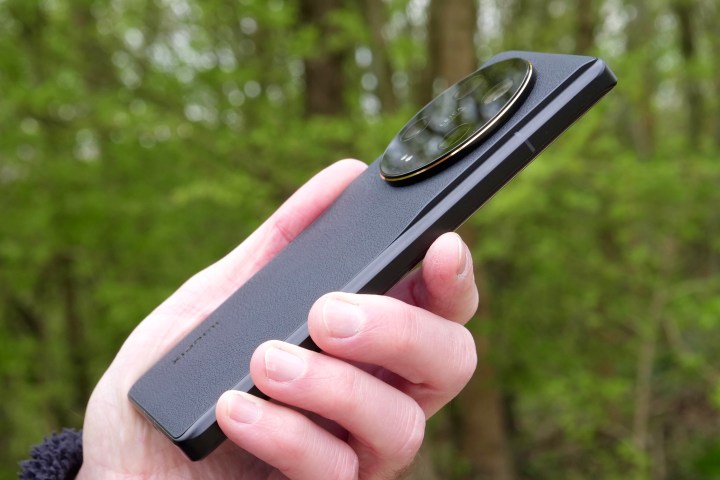
The big new feature of the Xiaomi 13 Ultra is the adjustable aperture. You can manually change the physical aperture on the main camera from f/1.9 to f/4.0, allowing for greater depth of field or for more light into the massive sensor. It’s not minutely adjustable like the Huawei Mate 50 Pro, and to use it effectively, you’ll need to understand what an aperture does and the situations where it can be best used.
It’s very effective and is easily adjusted using a button in the viewfinder, and the camera creates a stunning depth of field in almost all situations without having to use Portrait mode. It’s genuinely impressive and will really make your photos look special. But as to how appealing the feature is will depend on your knowledge and willingness to mess around with settings.
If you regularly use the Pro mode on a phone camera, you should be fine. The Xiaomi 13 Ultra is a camera phone for camera fans, and it may be overkill for anyone also looking at the Galaxy S23 Ultra, which is simpler to use, but arguably just as powerful.
Looking closely at the photos, Xiaomi hasn’t boosted the saturation much, giving pictures a realistic look without sacrificing a degree of visual pop, but it still needs work on color accuracy. In difficult lighting, I’ve already seen it struggle to get greens and blues right, and the results are clearly wrong at the moment. It doesn’t happen all the time, and I am using the phone ahead of the official release, so a software update may solve these issues.
When the camera does get it right, photos can look glorious, with a real character of their own. There’s good consistency between the main, 2x, 3.2x, and 5x modes, with colors, exposure, and white balance looking similar throughout — but the wide-angle camera differs quite a lot. There are obvious differences in exposure, with less detail in shadowy areas. The camera has an automatic macro mode, and if you disable it, you’ll have a hard time getting close to a subject — something that’s common on other phones with such large camera sensors.
The Xiaomi 13 Ultra’s camera is shaping up to be really exciting, but I still need time to see how it performs in different situations. Such sophisticated cameras require equally sophisticated software to make the most of the hardware, and this is perhaps the area where Xiaomi still needs work.
However, after loving the Xiaomi 13 Pro’s camera, I’ve got high hopes for this one.
The rest of the specs
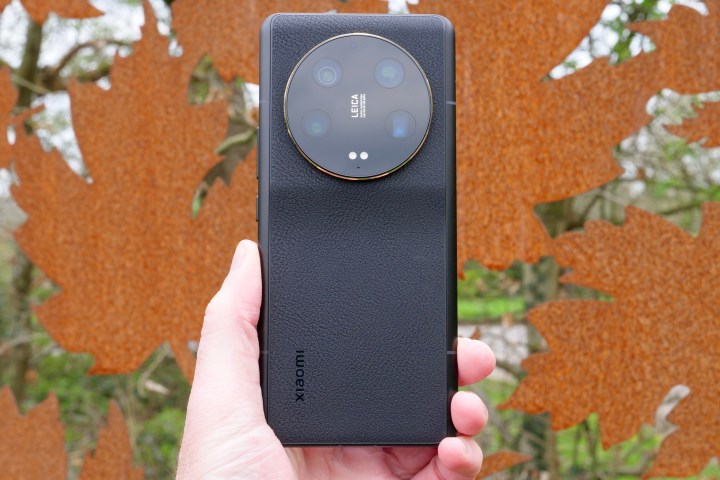
The Xiaomi 13 Ultra has been built around the camera, and there’s no escaping it in the design. The camera module is enormous, and it takes up the majority of the back panel’s top half. It’s a gigantic circular plate with a polished gold surround, and each of the four lenses is placed inside it in a somewhat higgledy-piggledy fashion.
Although it already extends quite far out of the phone, the back of the Xiaomi 13 Ultra is raised at the top, too, obscuring more of the module’s bulk. There is something quite camera-like about the shape and design, but it’s not what you’d call an attractive phone. There’s nothing sleek about it, like with the Galaxy S23 Ultra. The metal chassis extends around the sides, meeting a soft piece of silicone leather that Xiaomi says has an antibacterial coating, giving it some extra class.
Despite the 9mm thickness and giant camera, the Xiaomi 13 Ultra weighs 227 grams, keeping it close to the Galaxy S23 Ultra and below the Apple iPhone 14 Pro Max. It comes in the black color seen in our photos (plus a white and an Olive Green version). It has an IP68 water- and dust-resistance rating, but purely due to the overall size and weight, I don’t fancy the screen’s chances if you drop it. There’s a plastic clip-on case included in the box, but it doesn’t protect the screen.
What else? The 6.73-inch AMOLED screen has a 120Hz refresh rate, a 3200 x 1440 pixel resolution, and an impressive 2,600 nits peak brightness. Forget seeing the screen in the sun — that should mean you can see it from space. Qualcomm’s latest Snapdragon 8 Gen 2 processor with either 12GB or 16GB of RAM provides the power, and a 5,000mAh battery with 90-watt wired charging provides the energy. The phone also has wireless charging, dual speakers, a new cooling system, and Android 13 with Xiaomi’s MIUI 14 interface.
Price and availability

Don’t bother looking for the Xiaomi 13 Ultra in the U.S., because there’s almost no way it will be officially released in stores. Our review model does not come with Google Play or Google Mobile Services installed, so it’s currently unknown when it will be released outside of China, where it has been announced. According to a Twitter post from Leica, the Xiaomi 13 Ultra will be released “globally,” but no dates or regions have been specifically mentioned.
The local price in China converts over to around $873, making it considerably cheaper than the competing Galaxy S23 Ultra and iPhone 14 Pro Max. It’s possible the phone will be released in Europe and the U.K. in the future, where it would join the Xiaomi 13 Pro, but if it is, don’t expect it to be a bargain. The excellent Xiaomi 13 Pro is pricey at 1,099 British pounds, or about $1,365.

The Xiaomi 13 Ultra builds on the goodwill generated by the impressive Xiaomi 13 Pro and also proves Leica continues to understand how to best work with phone manufacturers. The camera is off to a good start, but it’s unfortunate there has been no confirmed details of the phone’s promised global launch yet.
For now, anyone outside China will either have to consider importing it or look to the established Galaxy S23 Ultra and iPhone 14 Pro Max for their big-screen, camera-centric flagship fun.
Editors’ Recommendations
Services Marketplace – Listings, Bookings & Reviews


